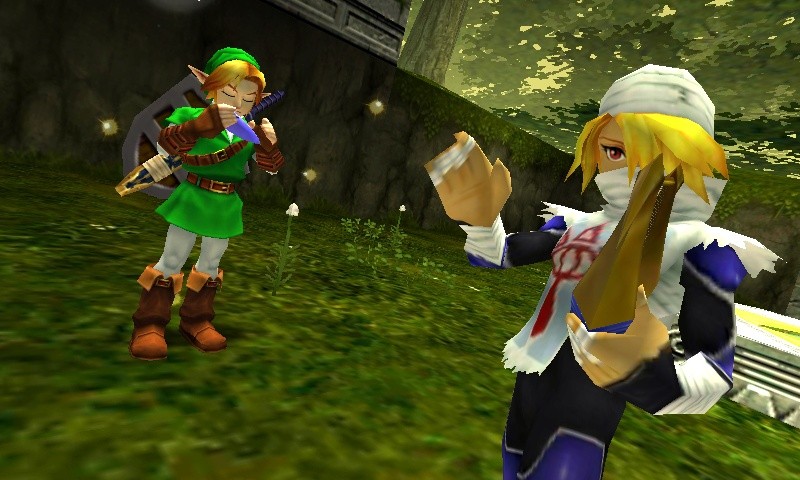Why you can trust 12DOVE
In 1998, Ocarina was groundbreaking. The size of the world, the number of areas to explore, the scope of the time-traveling story that sees Link change from child to adult and takes him from volcanoes to dungeons to haunted dungeons… it was all unprecedented for a console game. To have such a robust, engrossing experience and have it be the first 3D iteration of The Legend of Zelda was nothing less than mind-blowing. To this day, millions will parade it as the best game of all time.
Like it or not, that’s simply not the case today. Ocarina is particularly bad about dropping excessively vague hints (or no hints at all) as to what to do next. There are a handful of extremely important items (say, the Fire Arrows, Lens of Truth or even Epona) that are buried under a layer of riddles that don’t quite add up. Back in the day, we expected games to be mysterious and obtuse; today, we’re all accustomed to mechanics that lead us from one place to the next, even if it’s on an almost subconscious level. This isn’t about hand-holding or over-tutorializing, which is a whole other problem with games today – it’s about fundamental design, and Ocarina has always had this issue, especially compared to Wind Waker or Twilight Princess.
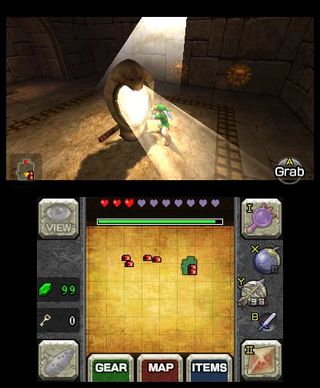
Speaking of those two, they both improved upon the battle system that Ocarina pioneered. Make no mistake, OoT’s lock-on system for 3D battles (called Z-Targeting, if you’re up on your Nintendo lingo) was a brilliant innovation and was carried over into both WW and TP. The ability to focus on one enemy and strafe around it, while also able to raise and lower your shield, as well as backflip or leap forward, made combat exciting and intense; meanwhile, WW and TP added layers to this idea, making Ocarina feel stripped down by comparison. It’s not a huge deal, but after flipping under and around enemies in Wind Waker, and instant-KO-ing baddies in Princess, I felt inhibited by Link’s lack of moves in Ocarina.
True, that’s the way it’s always been, and this 3DS version is ultimately a port, so adding new combat options would have made this some weird hybrid game and not a true conversion of the original Ocarina of Time. But, this is a new release, so we have to compare it to modern experiences; Nintendo wants you to pay money for this new version, not think back on how great the old one was, so we then have to criticize it for the 1998-era gameplay it didn’t improve. This extends to the aforementioned targeting, which often goes haywire and focuses on signs or plaques in a room instead of the enemy smashing in your face.
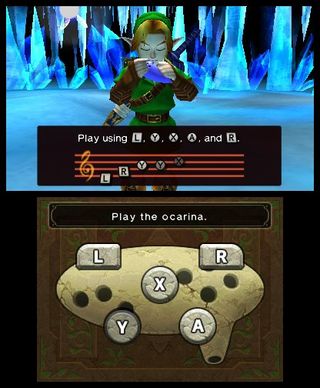
If you’re accustomed to Zelda and how it works, Ocarina shouldn’t confuse you too much; if you’ve never tried one and are finally caving under the pressure to play Ocarina 3D, you could end up scratching your head on more than one occasion. It’s a great introduction to the series, no doubt, but be prepared to open up a FAQ or ask a friend.
That said, these are fairly minor irritations in an otherwise expertly designed and paced adventure. They only drag down the experience from time to time, and rarely in a way that lasts beyond that exact moment of frustration. Even if you’re a first timer, Ocarina eventually settles you in and acclimates you to its very particular designs. As for returning players, there are a handful of new modes and features to consider…
More info
| Description | Riding through Hyrule Field or scurrying through the Lost Woods in 3D is a fine treat in small doses, and looks better than most other 3D attempts on the system, but it also happens to look and play great with the 3D turned off. |
| Franchise name | Legend of Zelda |
| UK franchise name | Legend of Zelda |
| Platform | "3DS" |
| US censor rating | "Everyone 10+" |
| UK censor rating | "" |
| Release date | 1 January 1970 (US), 1 January 1970 (UK) |
A fomer Executive Editor at GamesRadar, Brett also contributed content to many other Future gaming publications including Nintendo Power, PC Gamer and Official Xbox Magazine. Brett has worked at Capcom in several senior roles, is an experienced podcaster, and now works as a Senior Manager of Content Communications at PlayStation SIE.
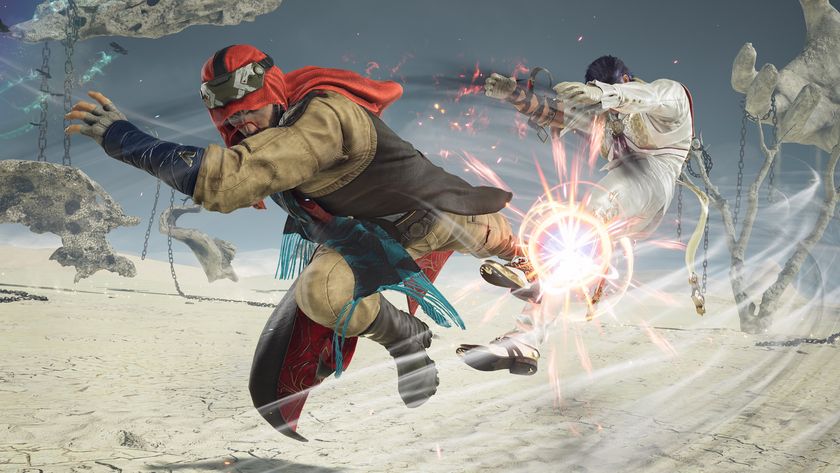
After preserving the AI ghost of a fan's late brother, Tekken 8 boss says it might be a glimpse of the future where you don't "need an opponent who is human that has the exact same skill level"
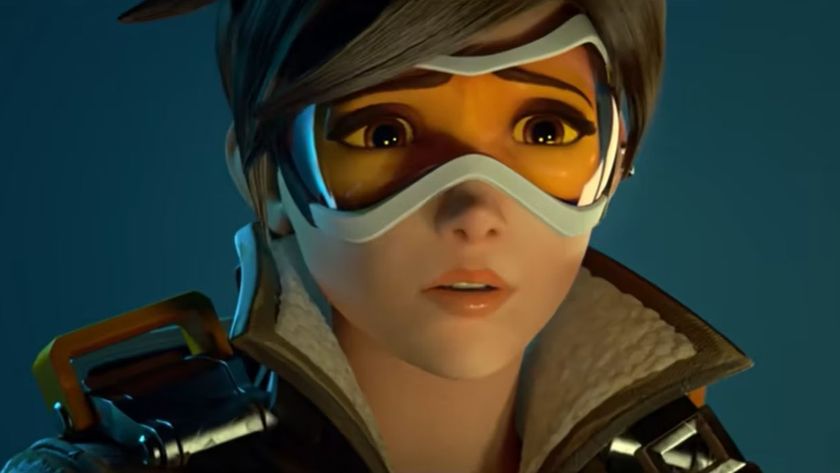
After struggling to make sequel-sized changes, fans think Blizzard might retire the '2' in Overwatch's name based on Season 16 leaks
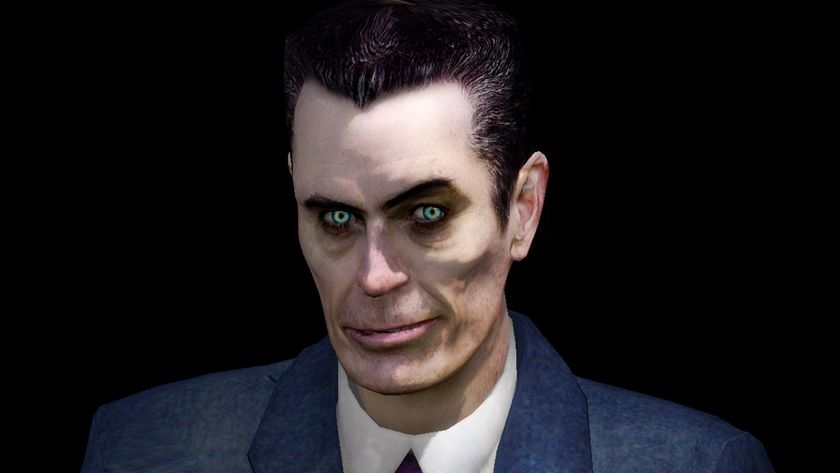
Valve leads considered making a "mediocre" game before Half-Life to build the team up, but original marketing exec said "if you do that, the company will fail"
